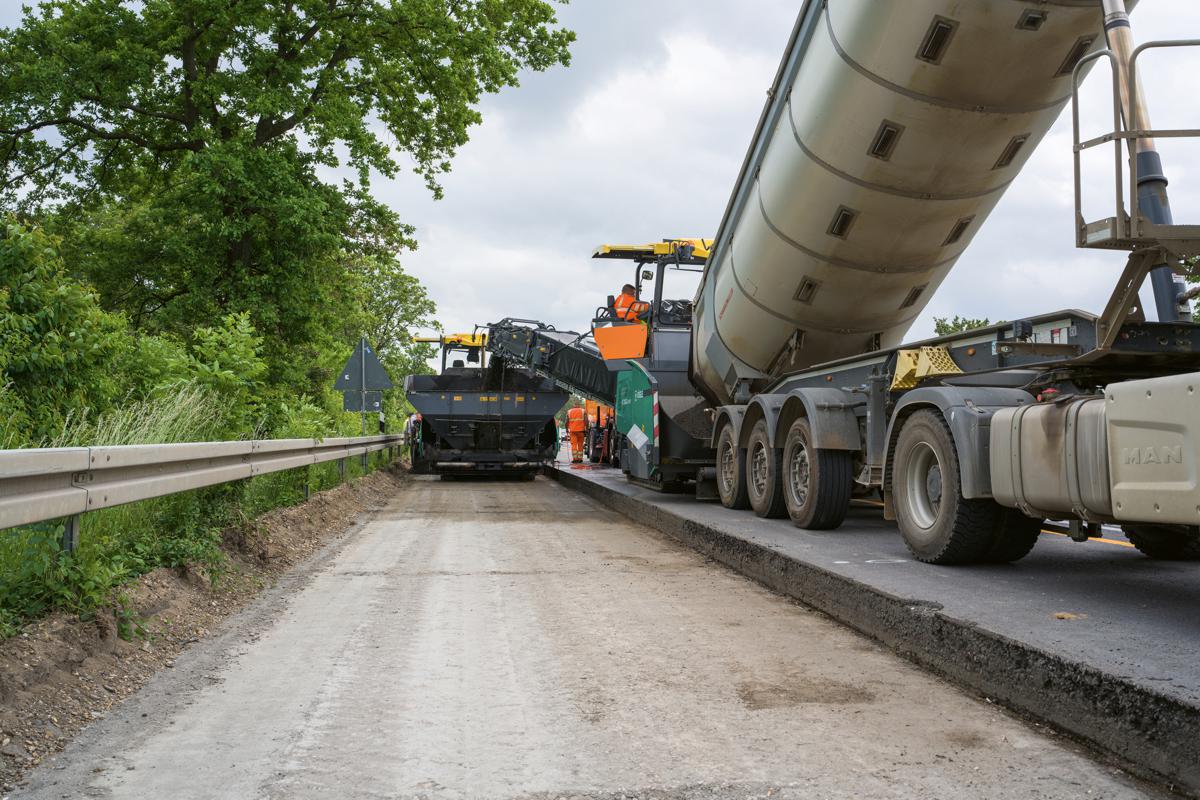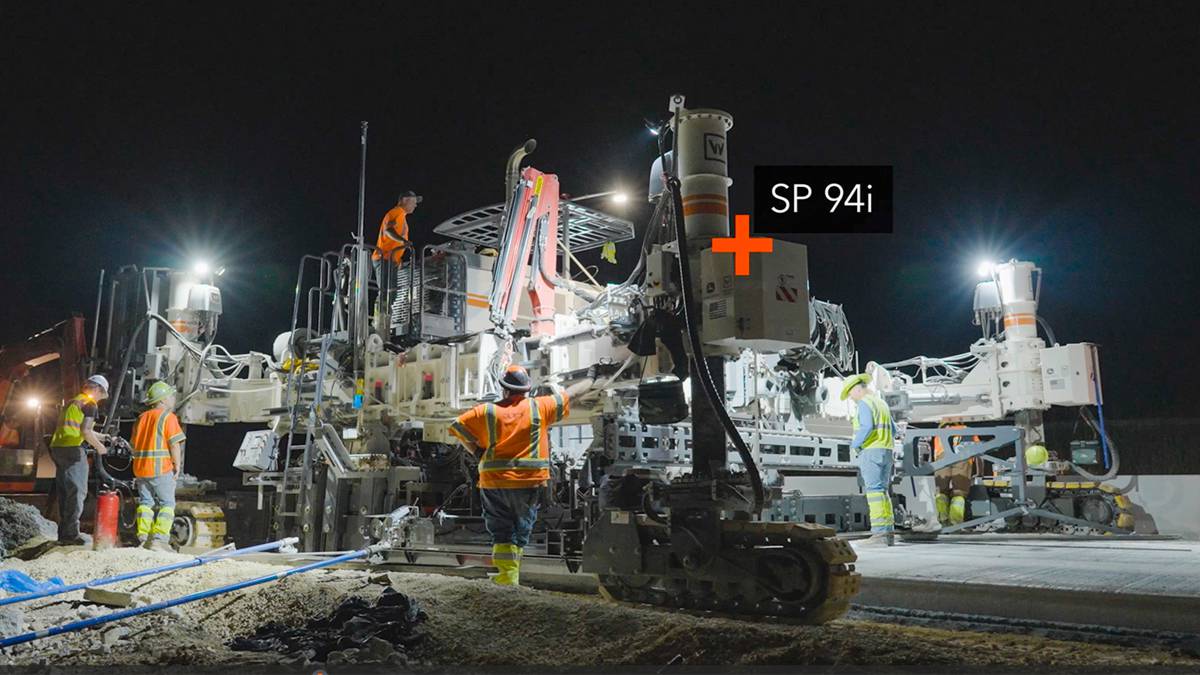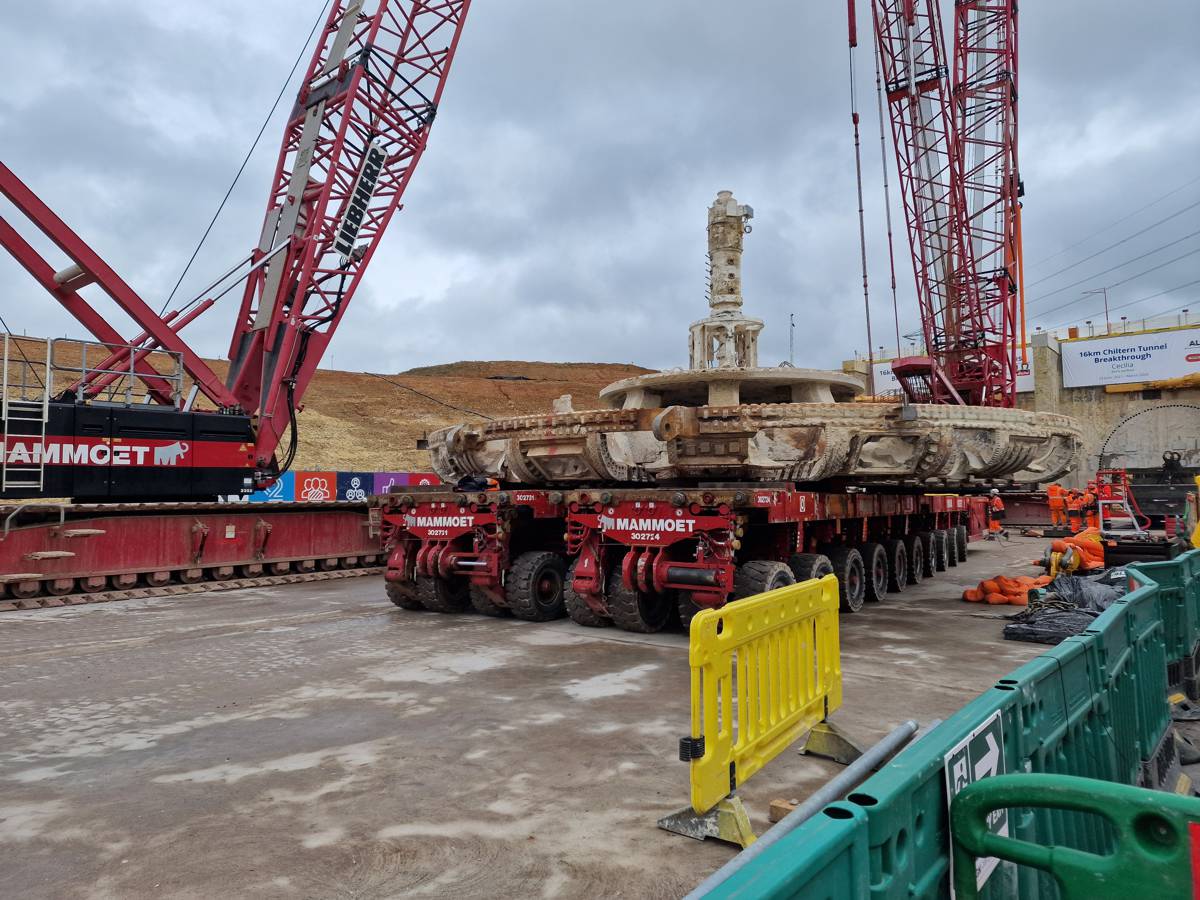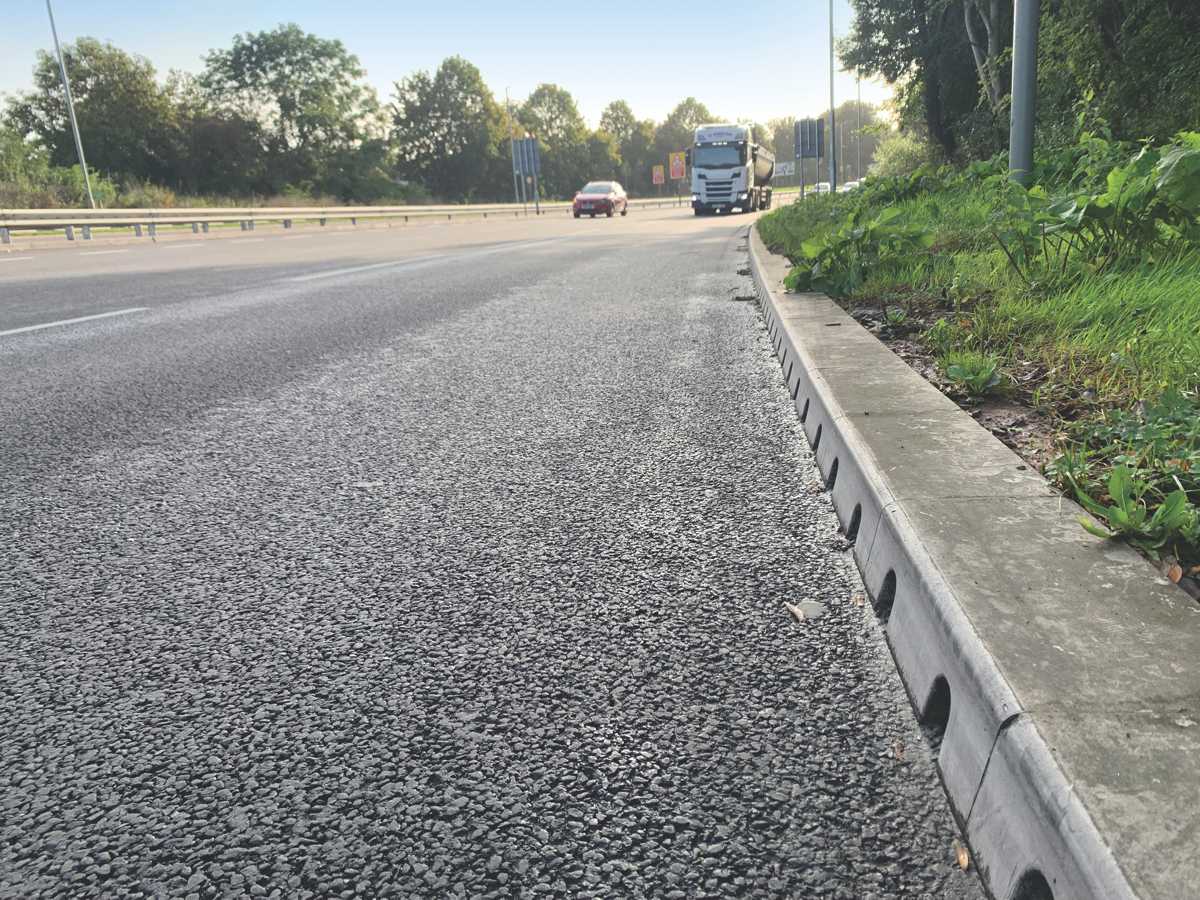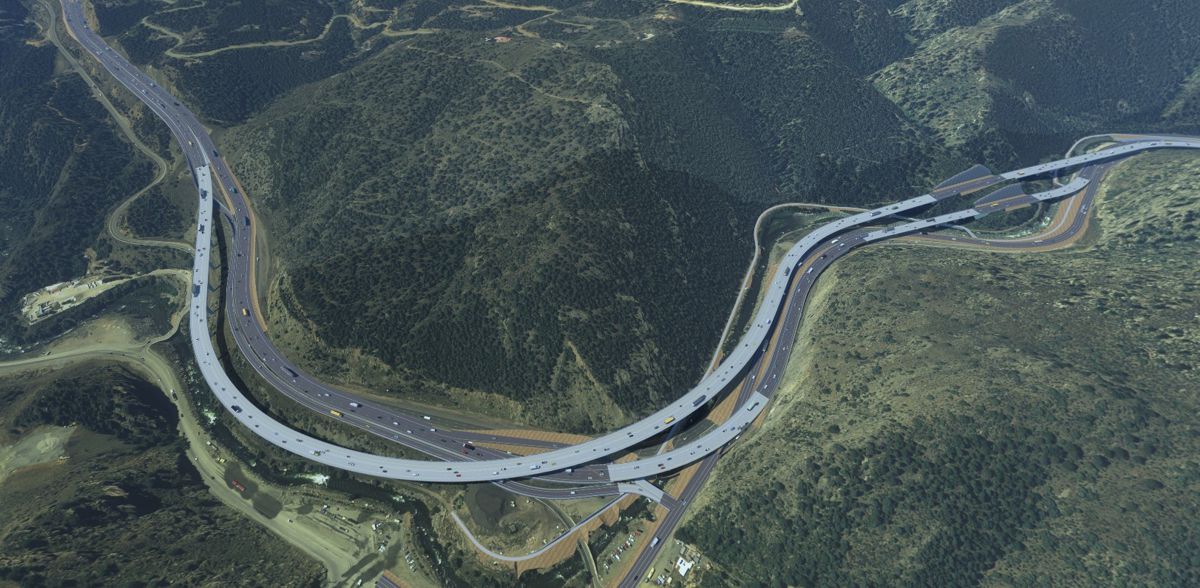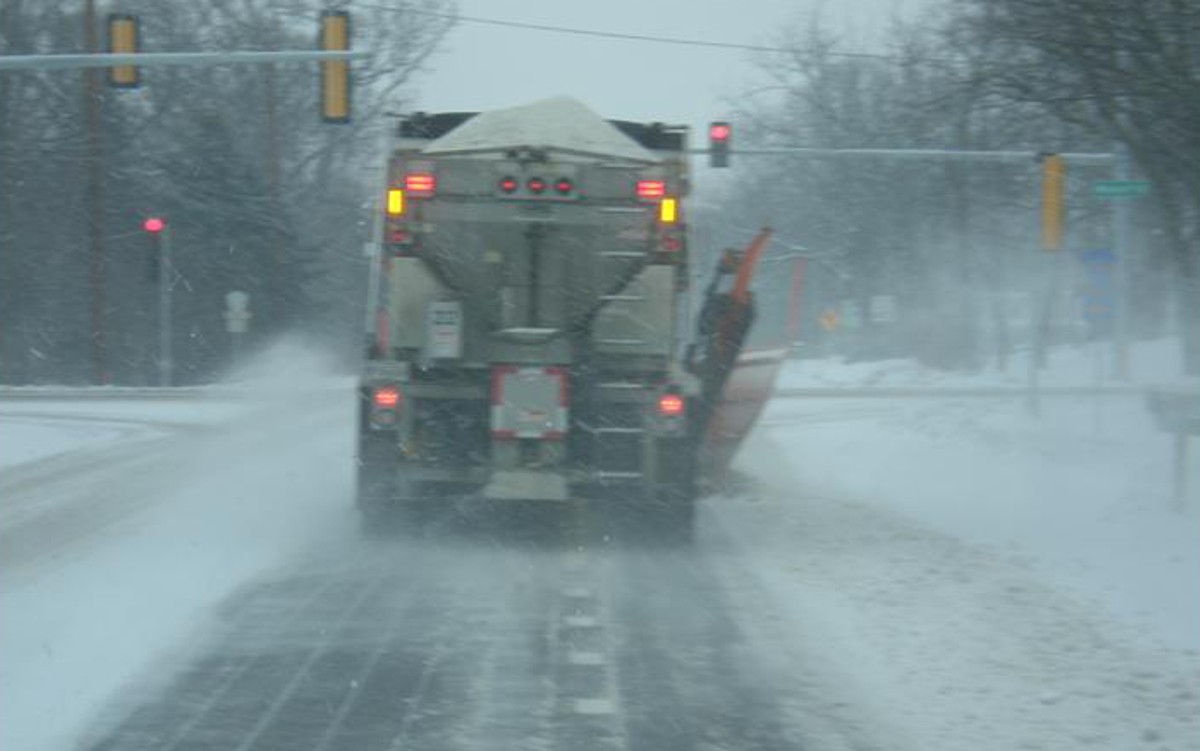Download CIRIA’s new guide to preventing beach erosion – Groynes in coastal engineering
CIRIA is delighted to announce the much anticipated Groynes in coastal engineering (C793) guidance is now available to download from the CIRIA website.
Groynes are long, narrow structures that form significant elements of the coastal protection and flood defence schemes around the UK’s coast.
Designed to control longshore transport of sediment on beaches and to deflect nearshore tidal currents, groynes may extend across part of or the entire intertidal zone and are normally grouped together to form groyne systems or fields protecting the land behind beaches from flooding and erosion.
CIRIA’s new guidance reflects the evolution of research in beach & groyne management practices including the use of new & more sustainable materials. By providing a framework for their design and maintenance with particular emphasis on timber and other ‘narrow footprint’ groynes, C793 delivers advice on costs associated with groyne management through good practice approaches to their construction, routine and periodic maintenance and to the use of sustainable material during repair and replacement.
Groynes in coastal engineering (C793) will prove invaluable to Local authorities, technical specialists, consultants, beach managers, coastal managers, coastal engineers, asset managers, specialist contractors, civil engineers and suppliers by providing good practice approaches to construction, maintenance & repair of groyne systems.
The authors who collaborated to produce this guidance agree that it provides important support for the industry for years to come.
Jonathan Simm, co-author of CIRIA guide, Technical Director, HR Wallingford commented “This revision of the well-used CIRIA R119 report was the brainchild of the late Prof Andrew Bradbury, who had started to assemble a document on timber groyne maintenance before his untimely death. The author team believe that the result captures much of the spirit of what Andy intended, dealing not only with the design of groyne field layouts and profiles but also with materials, design, construction and beach and groyne maintenance aspects. It complements two classic CIRIA guides: the Beach Management Manual and the Rock Manual.”
The guide is available to download free here.










